A Comprehensive History of the Automatic Watch
A closer look at a mundane mechanism that we too often take for granted...
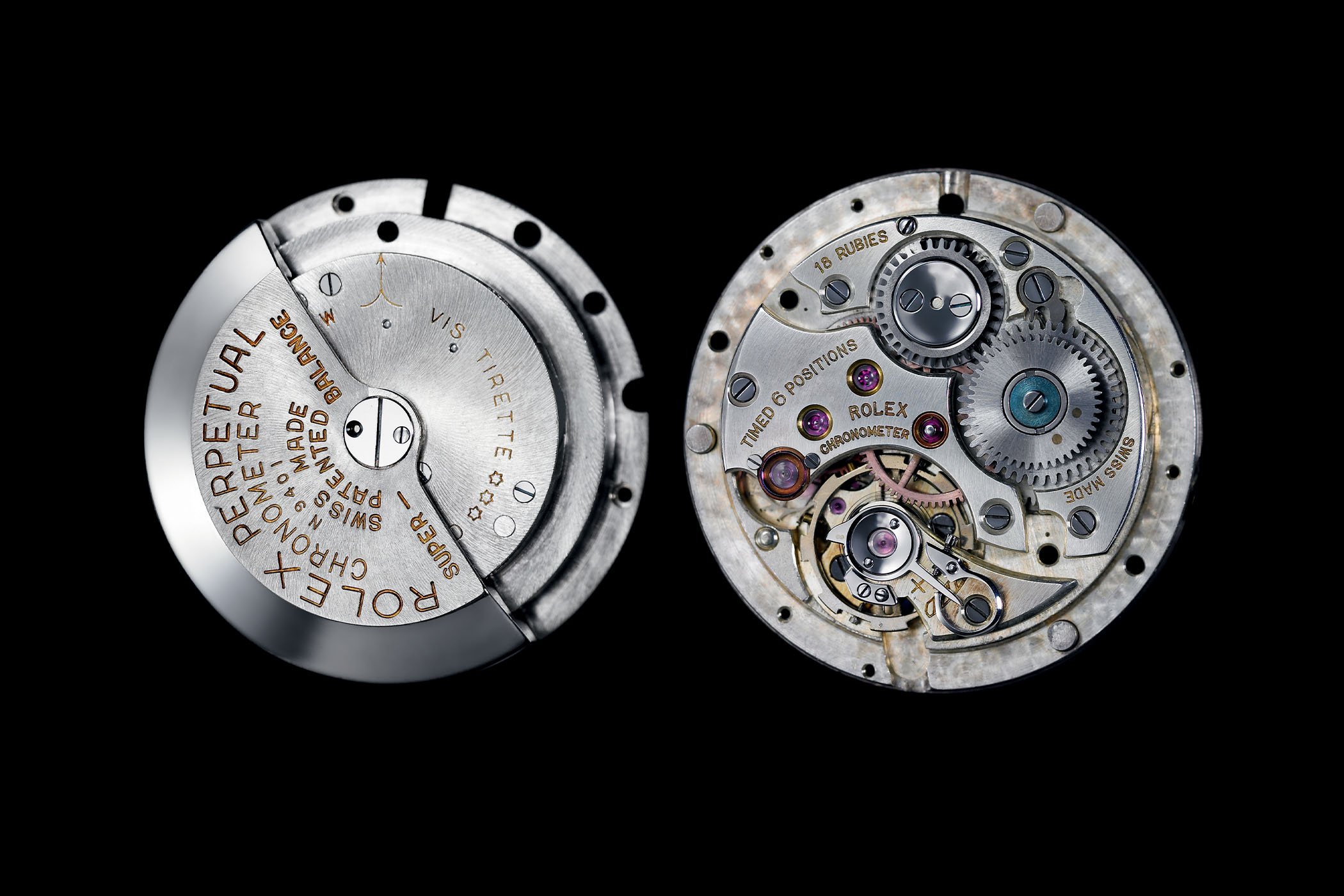
Eliminating the need for regular hand-winding, the automatic watch harnesses the energy from the natural motion of the wearer’s wrist to wind the mainspring that powers the watch. In general, it contains a rotor, a semi-circular piece of heavy metal that rotates with the motion of the wrist. As the rotor spins, it winds the mainspring. Automatic watches are appreciated for their practicality and functionality. Today, most mechanical watches are equipped with a self-winding mechanism. Over the years, these have become more and more elaborate. Like many breakthroughs that are taken for granted in watchmaking tradition, the automatic watch results from a long and complex history, which is not always clearly documented, and dozens of incremental steps that have made the self-winding mechanism what it is today. Here are some of the milestones in its development with our latest instalment of A Technical Perspective.
Late 18th century – The fathers of the first automatic watches
It is quite difficult to attribute the invention of the first automatic watch to one person with certainty. The concept evolved gradually in the late 18th century. For a long time, it was widely accepted that Abraham-Louis Perrelet was the inventor of the automatic watch. However, this has since been questioned thanks to the “rediscovery” of Hubert Sarton’s work by Joseph Flores in 1993.

In short, Abraham-Louis Perrelet was designated as the inventor of the automatic watch by Alfred Chapuis and Eugène Jaquet in 1952 (authorities as far as the history of watchmaking is concerned). This was based on a report of Horace-Benedict de Saussure in 1777. After a visit to the Neuchâtel mountains, he reported having met “Monsieur Perlet, the inventor of watches that wind themselves by the movement of the person carrying them”.
Those who contest the attribution of the automatic watch to Perrelet argue that the information is too vague, making it uncertain which design Perrelet’s self-winding watches actually relate to. They suggest it could very well have been a weight pivoting at the side of the movement.
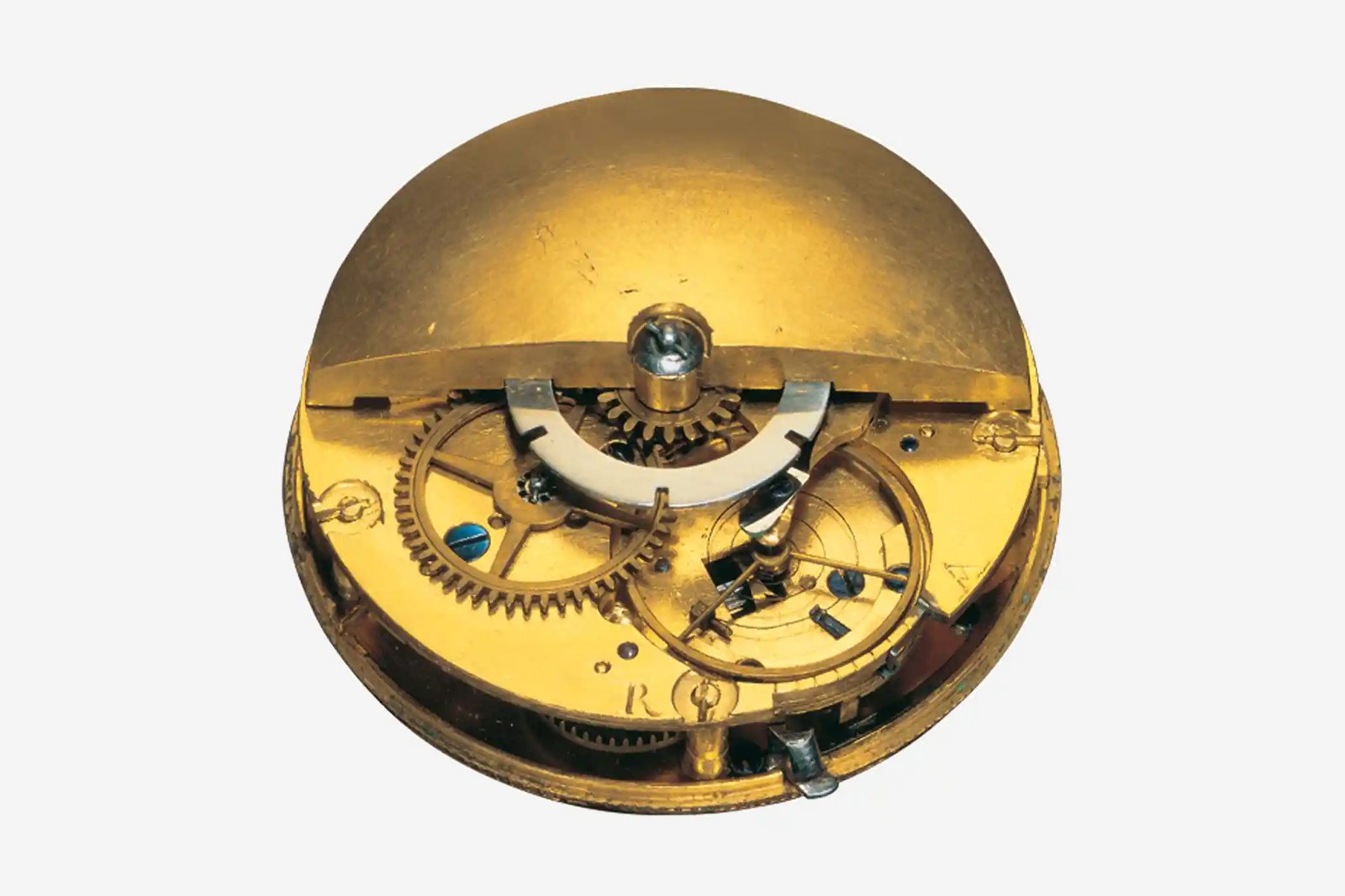
Other writings mention watchmakers Joseph Tlustos and Joseph Gallmayr, who might have crafted automatic movements a few years before that date, then again without clear details on the design and thus no detailed evidence to support these claims.
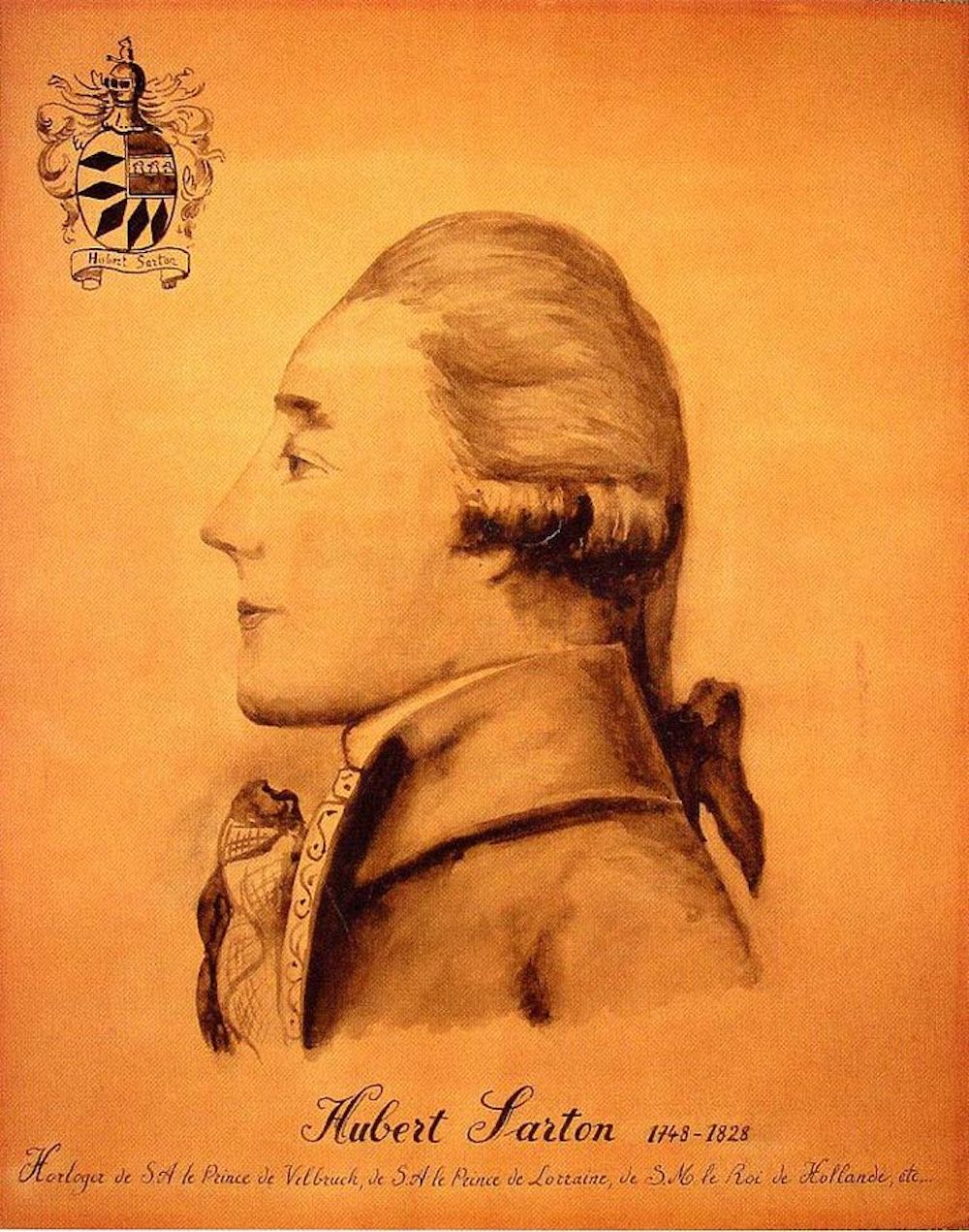
What is clearly documented, though, is that Belgian watchmaker-mechanic Hubert Sarton presented an automatic winding mechanism with a central rotor (as used in modern automatic watches) at the Académie Royale des Sciences de Paris in 1778. Interestingly, the unsigned watch that had long been attributed to Perrelet (whose movement is pictured above) with a verge escapement and fusée-and-chain corresponds precisely to the solution presented by Hubert Sarton at the Académie de Sciences. Its rotor movement already incorporated a stopwork to block the rotating weight and prevent overwinding.
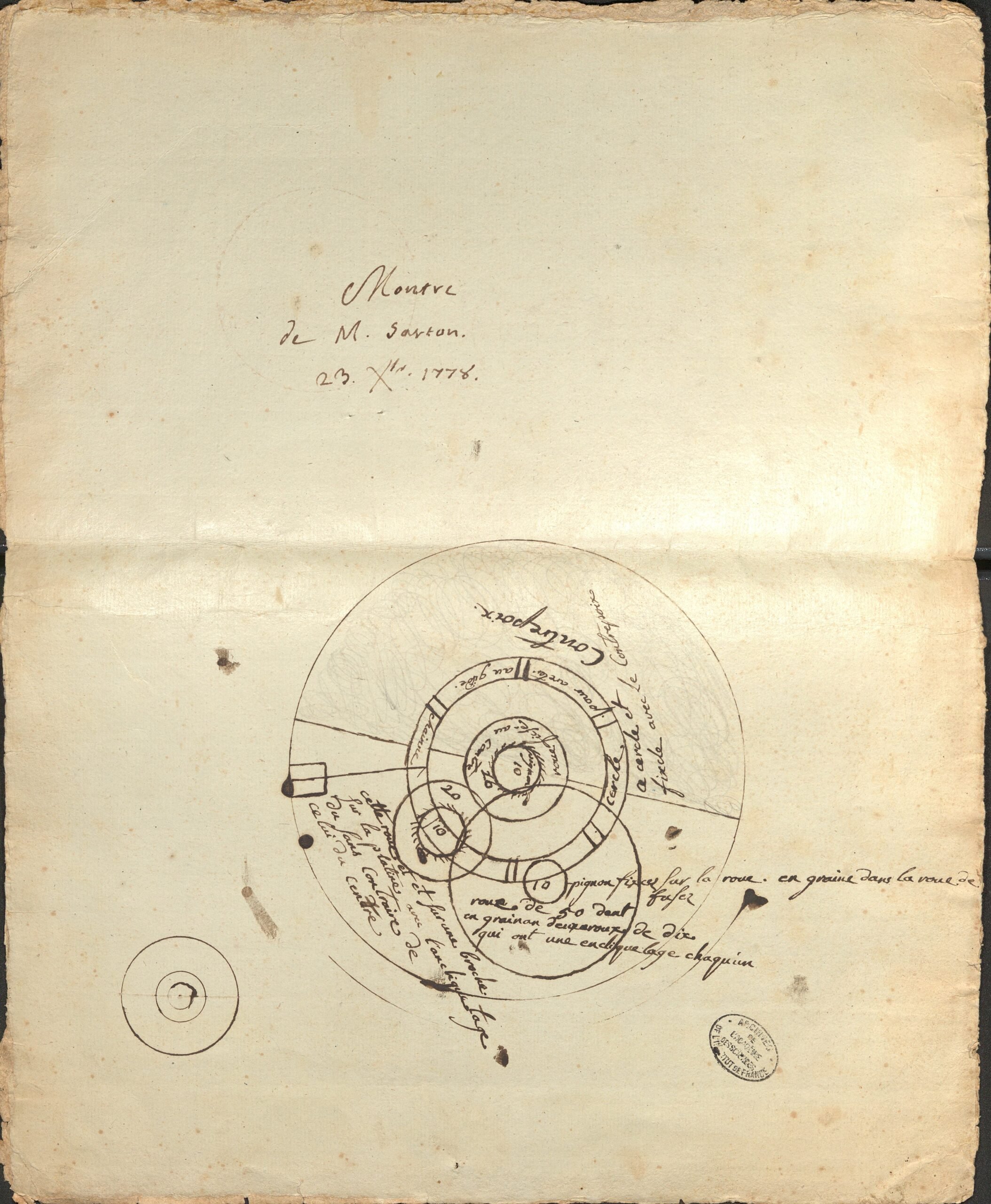
We also need to mention the works of Breguet and Recordon in this period, who adopted self-winding mechanisms for many of their timepieces with the so-called Perpétuelles watches. An oscillating weight à secousses (jerking, jolting) responded to the wearer’s movements, provoking the weight to swing from side to side to wind the movement.

1920s – The first automatic wristwatches
Although the first automatic watches appeared early on and were followed by various developments, very few automatic watches were actually manufactured before the 1920s. With no need to open the case for winding, one of the main advantages of early self-winding watches was their protection against dust and moisture. However, the creation of the modern watch crown in the 19th century provided a practical solution to this issue.
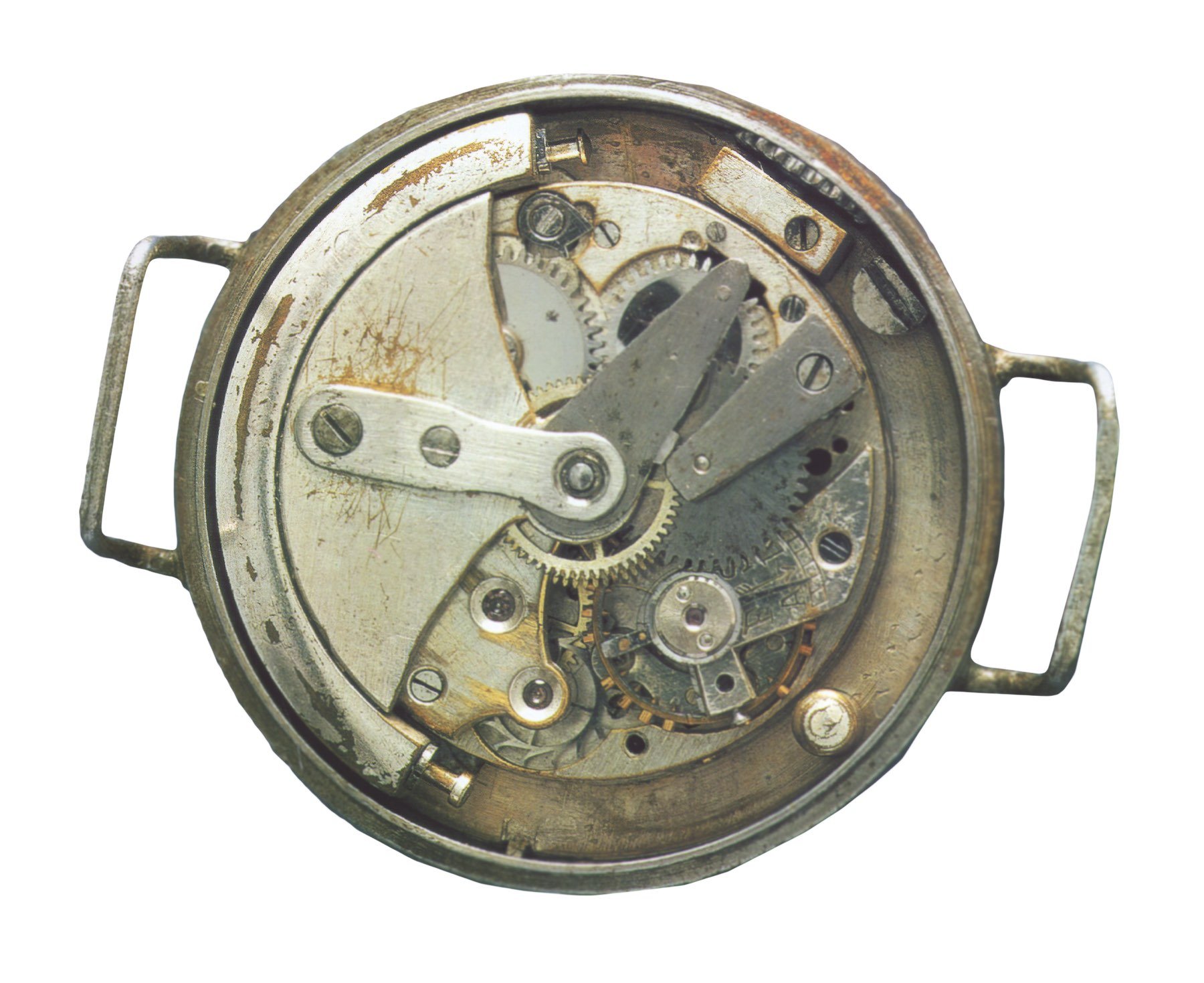
During and after WWI, timekeepers migrated from the pocket to the wrist, evolving from a utilitarian military tool to a civilian accessory valued for its functionality and style. Now worn on the wrist and no longer upright in a pocket, automatic watches solved many problems, including the watch’s resistance to water and dust.

Among the earliest automatic wristwatches, sources report a few watches from L. Leroy & Cie produced in 1922. Seven watches were made but no patent can be found. The watch’s curious oval eye-shaped case allowed its pendulum side-weight to swing.

The first serial production of automatic wristwatches must credited to John Harwood, a British watchmaker working on the Isle of Man. He designed an automatic system for wristwatches, for which a Swiss patent was filed in October 1923 (N° 106583 Cl 71) and granted in 1924. The system used a pivoting weight with spring bumpers. As Harwood searched for partners to industrialize his invention, Walter Vogt of Fortis embraced the idea. The Fortis Harwood automatic watch with no crown and based on an A. Schild movement was commercialised in 1926. The system was also seen with other brands such as Blancpain or Selza.

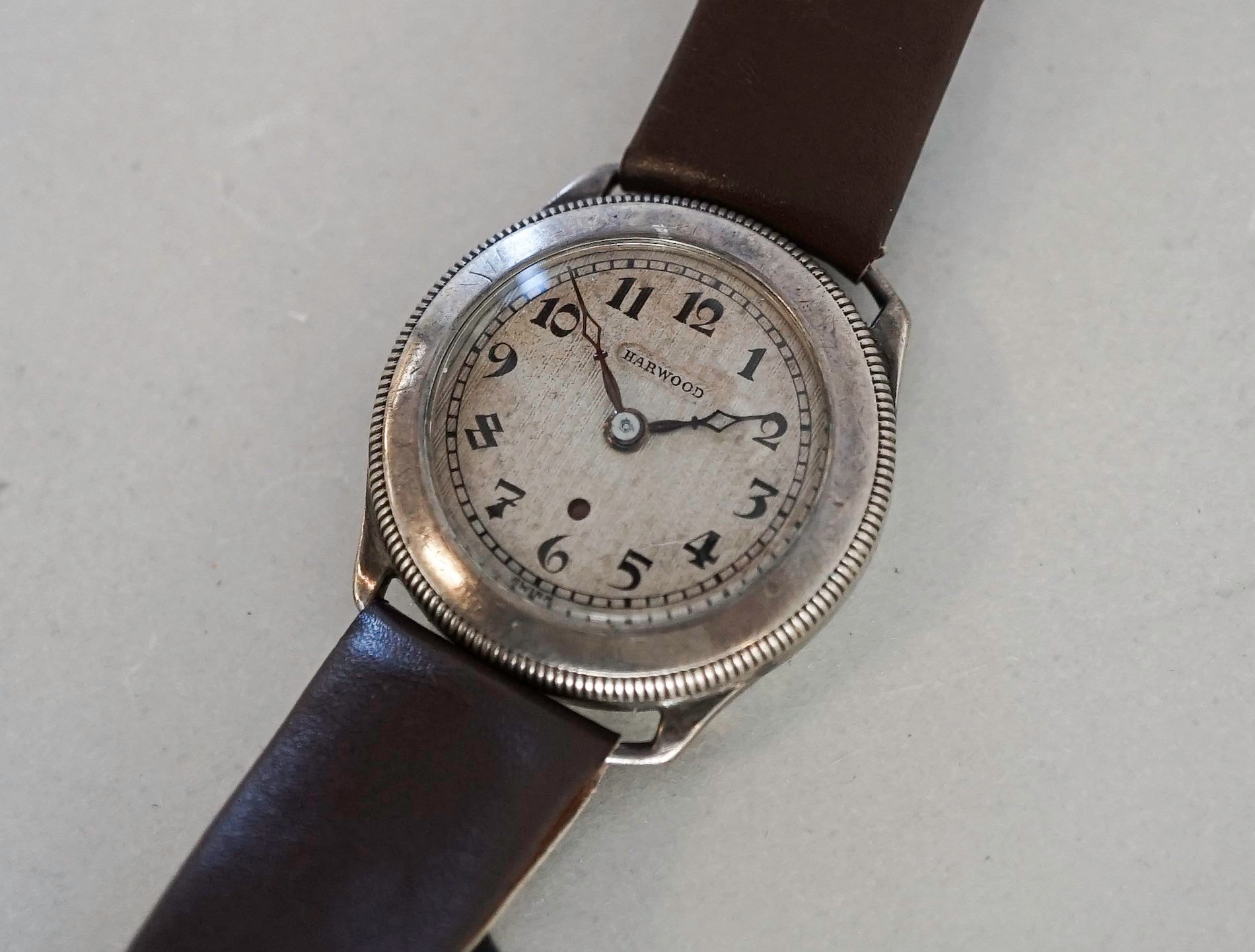
Many other solutions were experimented with at the time, among which Eugène Meylan / Glycine with a module comprising an oscillating weight swinging through an arch. Other protagonists were Emil Frey, Eterna, Schild, FHF,… Louis Muller & Cie La Champagne with the Wig-Wag and Leon Hatot with the Rolls for which the movement sideways. Bulova developed a system where the upper case moved back and forth atop a lower chassis. Another development by John Harwood, the Autorist, was powered by movements of the strap as a result of its attachment to the watch… Among the various solutions developed, some were more efficient and well-conceived than others. As is often the case, the best, most reliable and most efficient solution eventually prevailed.
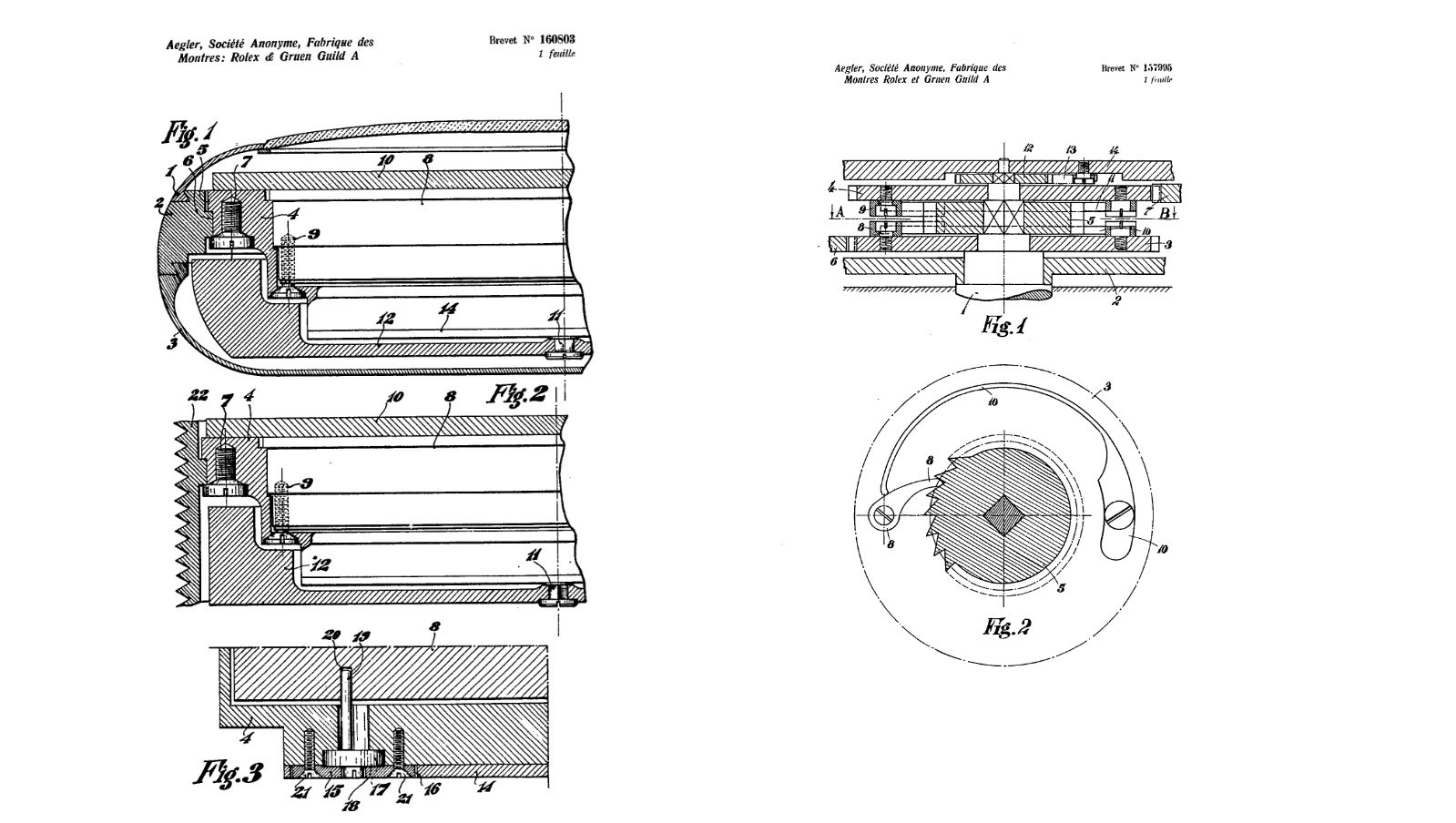
1931 – Rolex Perpetual Rotor
Starting in 1931, Rolex played a major role in the development of the automatic watch with its perfected auto-rotor system of the calibre 620 NA Rolex Perpetual. This solution set the standard with its 360-degree rotating rotor, centrally mounted, which operated without limitation, thereby reducing shocks and noise. Unlike previous designs, it allowed the movement to be wound both manually or through the rotor. This free-rotor mechanism, along with the Oyster case, helped establish Rolex’s reputation and was widely adopted by the industry once the patents expired.
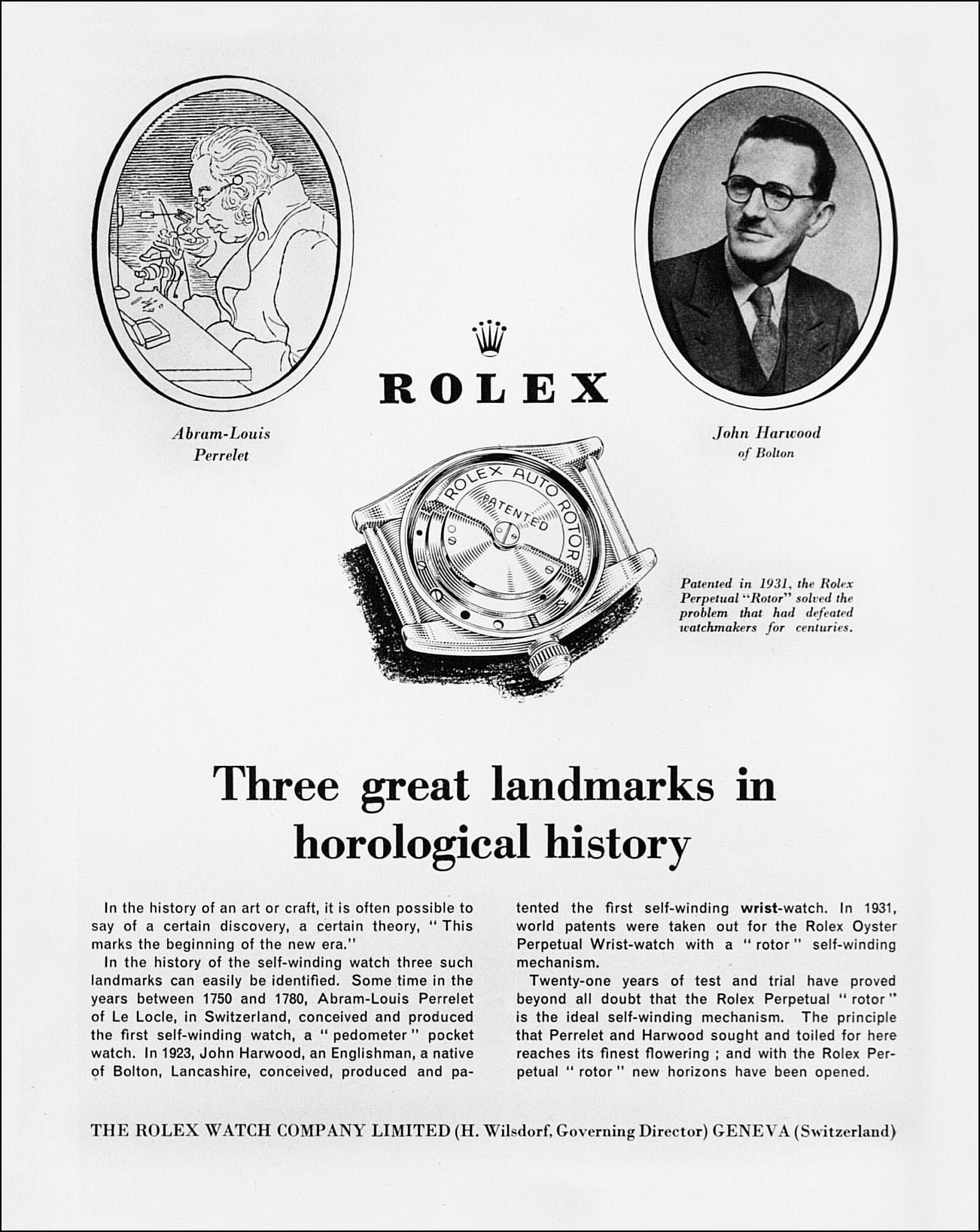

Due to the protection of these patents, very few brands were able to develop automatic movements. However, in 1942, Felsa introduced its Bidynator calibre, the first watch to feature a free central rotor with bidirectional winding. Thanks to a system of reverser wheels, the rotations of the rotor in both directions wound the mainspring barrel. The rotor’s weight was increased at the rim by a metal heavier than brass.
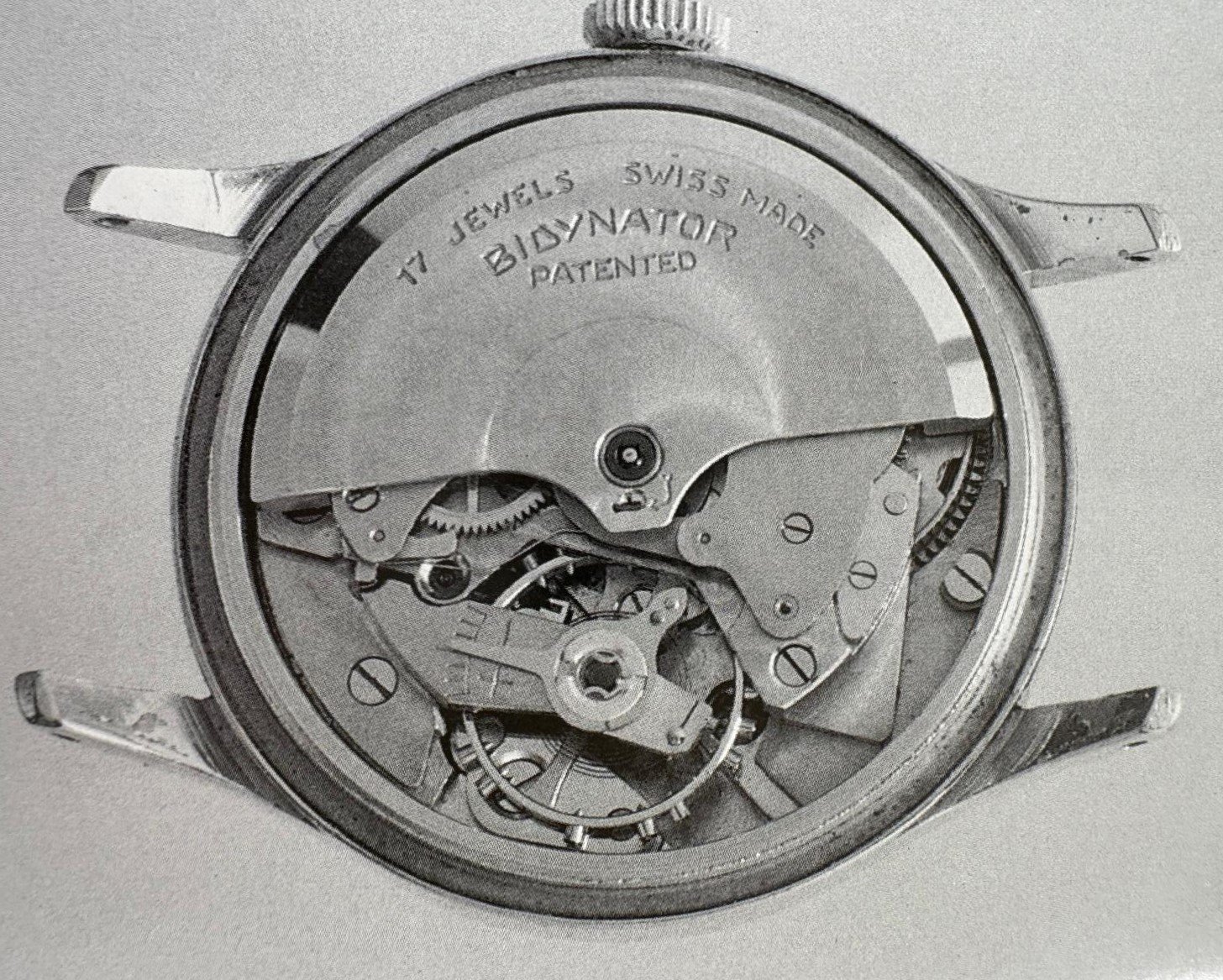
Post-WWII – The modernization of the automatic watch
Following WWII, self-winding watches quickly gained popularity as brands embraced their practicality. Widely introduced in the 1950s, these watches benefited from ongoing advancements in automatic watch technology, enhancing their reliability and convenience.
In 1947, Roulements Miniatures Bienne SA and Eterna introduced a significant innovation: the use of a ball bearing to ease the winding rotor’s rotation around the pivot axis, thus reducing wear and tear. Each Eterna-Matic’s ball bearing had 5 small balls measuring just 65/100 millimetres. Its friction-free rotating weight wound the mainspring in both directions.
The use of heavy metals for rotors also emerged in the 1950s, enhancing winding efficiency and enabling the development of smaller automatic movements. Improvements were made to barrels. If the slipping spring barrels had been invented long before the advent of the automatic wristwatch (by Adrien Philippe in 1863), these then provided a universal practical solution to prevent overwinding. In pocket watches where the thickness was less of a constraint, overwinding was often prevented by blocking the oscillating weight. Among other advancements, fast rotation barrels were implemented, and extensive studies were conducted to improve barrel lubrication.
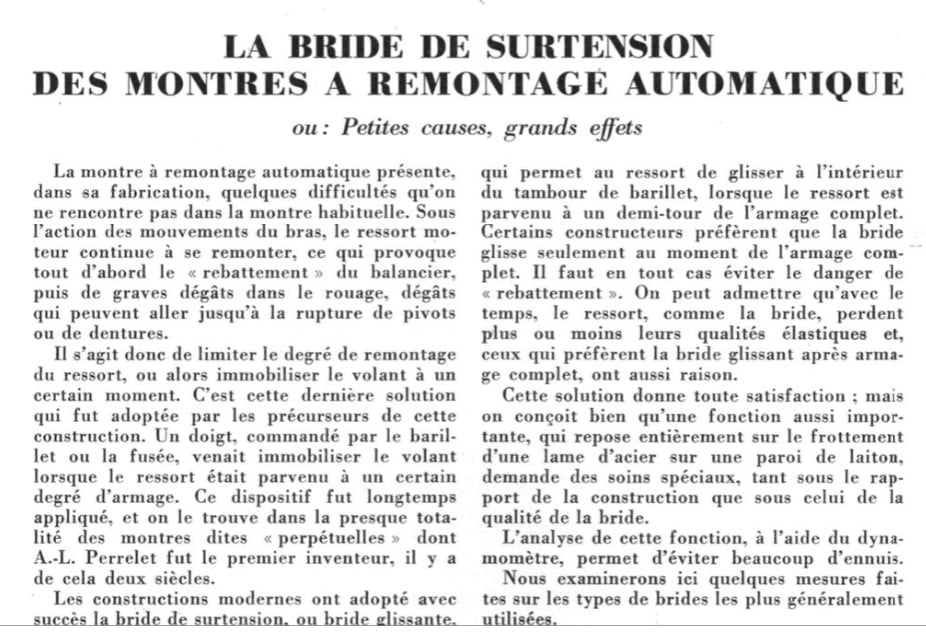
At IWC, Albert Pellaton developed an original solution patented in 1950. Instead of putting a ball bearing or cog at the centre of the rotor, he used a heart-shaped, eccentrically bearing-mounted cam. The latter converts the bidirectional rotor’s revolutions into the to-and-fro movements of a rocking bar. The bar’s rocking movements are then transmitted to the winding wheel by two pawls: while one of them pulls the wheel (i.e. winds it), the other glides smoothly over the top of it until the roles are reversed. In 1959, Seiko developed another pawl winding concept with the Magic Lever.
As ultra-thin watches became particularly popular during the 1950s, several developments were applied to the automatic watch, particularly the use of a micro-rotor, where the off-centre miniature oscillating weight is integrated into the movement and not mounted on top of it. The first micro-rotor movements were patented by Büren Watch Co. in June 1954 and then patented by the Manufacture des Montres Universal Perret Frères in May 1955.

As Büren accused Universal of infringement, Universal had to pay licensing fees for each movement used until an agreement was reached in 1958. Both brands released a joint announcement in 1958 to announce formidable progress for the automatic watch, the thinnest in the world with the “Microrotor” movement by Universal and the “Super Slender” by the Büren Watch Company.

Another solution to craft ultra-thin watches was designed at the same time, with the first peripheral rotor movements. A patent applied in June 1955 by Paul Gosteli of Geneva (Swiss patent N° 322325 pictured below, filed on June 6th 1955, published on July 31st 1957) describing an original winding system for watches “characterized by an annular segment located around the movement cage”. Some 10 years later, Patek Philippe also applied for a patent for a self-winding watch movement (Swiss patent N° 548213, filed on June 15th 1965, published on February 29th 1968) with “a winding mass in the form of an annular segment… the mass and its associated gearing are disposed peripherally of the movement”. The brand would consequently manufacture the calibre 350. Among the various technical challenges, a traditional stem and crown could not be used because of the oscillating weight rotating at the periphery. Thus, the crown had to be mounted on the caseback side.
However, the automatic system with a peripheral rotor really took off in 2009 with Carl F. Bucherer (with the CFB A1000 calibre developed with THA) thanks to a technical solution that included a traditional crown and stem positioned at 3 o’clock.
The 1990s – The renaissance of mechanical watchmaking
Following the quartz crisis, the renaissance of mechanical watchmaking fueled the interest in automatic watches. Since then, if no conceptual revolution occurred, new developments and enhancements have been implemented for automatic winding systems. This was achieved in the frame of continuous optimisation, incorporating modern technologies and materials to evolve in synchrony with the times. For instance, ceramic ball bearings are now largely used to improve the reliability of automatic winding systems since their introduction by MPS (Micro Precision Systems AG) in 2004. These do not require lubrication, thus extending their lifespan significantly. Another innovation by MPS is their OneWay unidirectional ball-bearing system offers greater efficiency with a very low backlash angle. The system is also used to create reversers by coupling two such ball bearings.
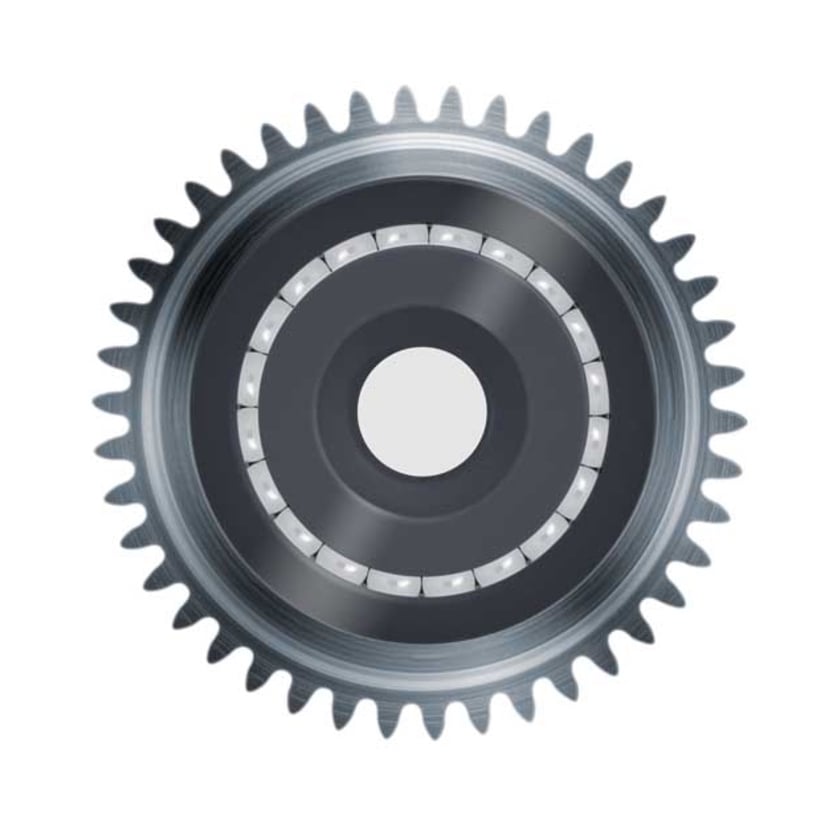
And if the centrally mounted rotor remains the standard for automatic watches, there are more and more examples of self-winding movements equipped with micro-rotors and peripheral rotors, and in some instances, more exotic solutions. Among recent innovative developments, one of the most interesting is certainly the Ulysse Nardin Grinder, an automatic winding mechanism with a flexible, circular frame with 4 winding pawls and a peripheral rotor. According to Ulysse Nardin, the system is about twice as efficient as conventional self-winding mechanisms, leveraging even the slightest movements.
For more information, you can consult these valuable sources that have helped prepare this article:
- Perpétuelles à roue de rencontres – Joseph Flores – 2002
- The Origin of Self-Winding Watches 1773-1779 – Richard Watkins – 2013

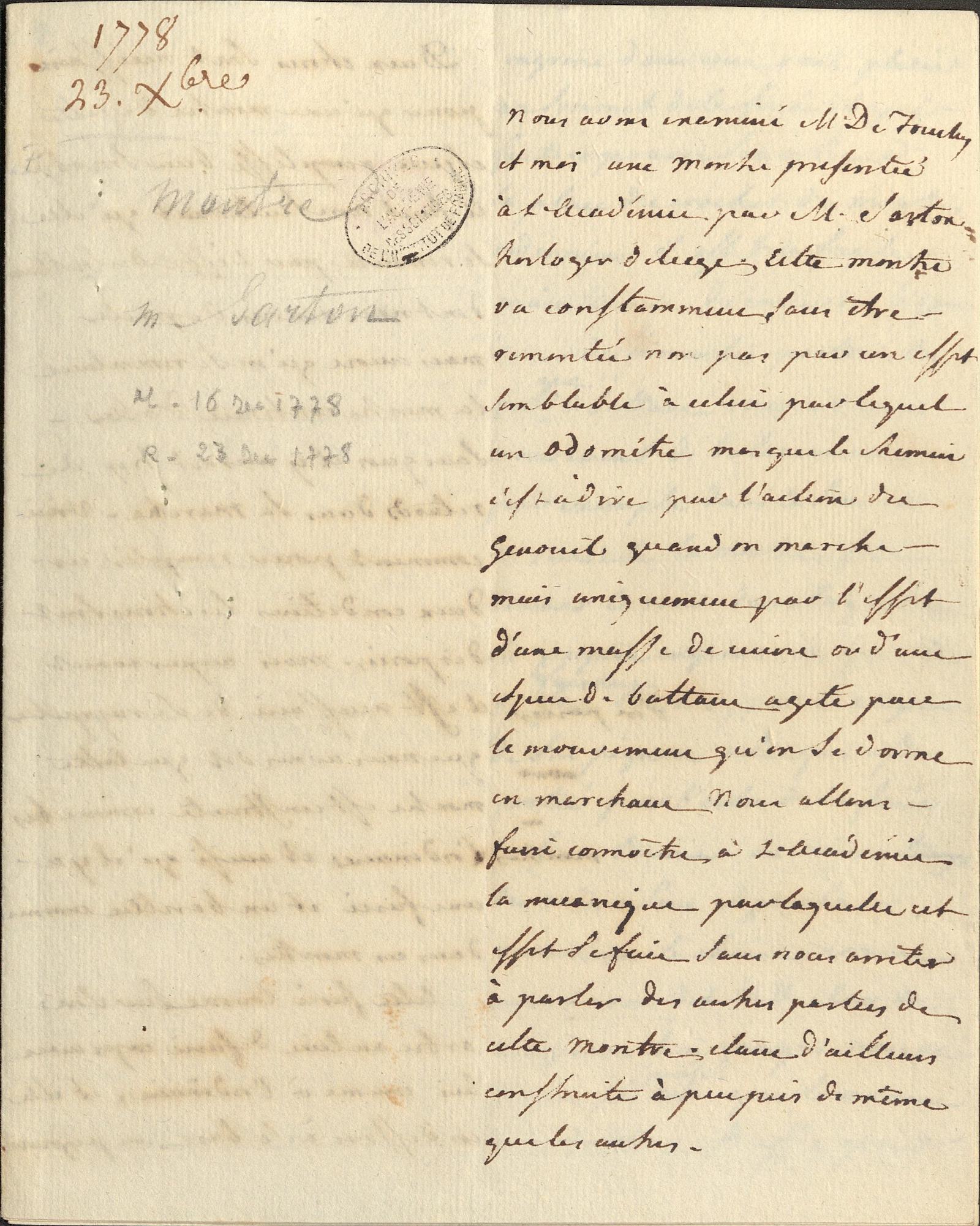
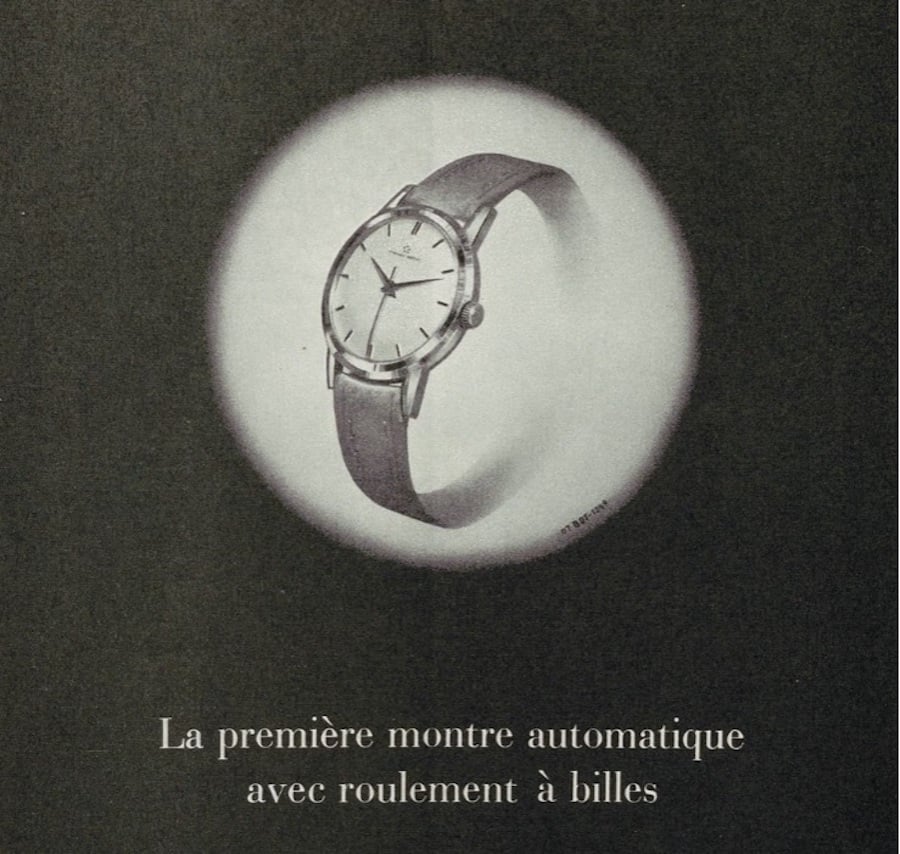
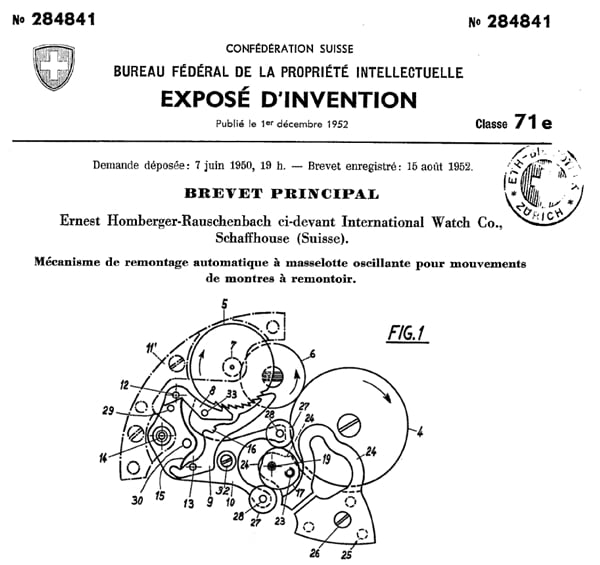
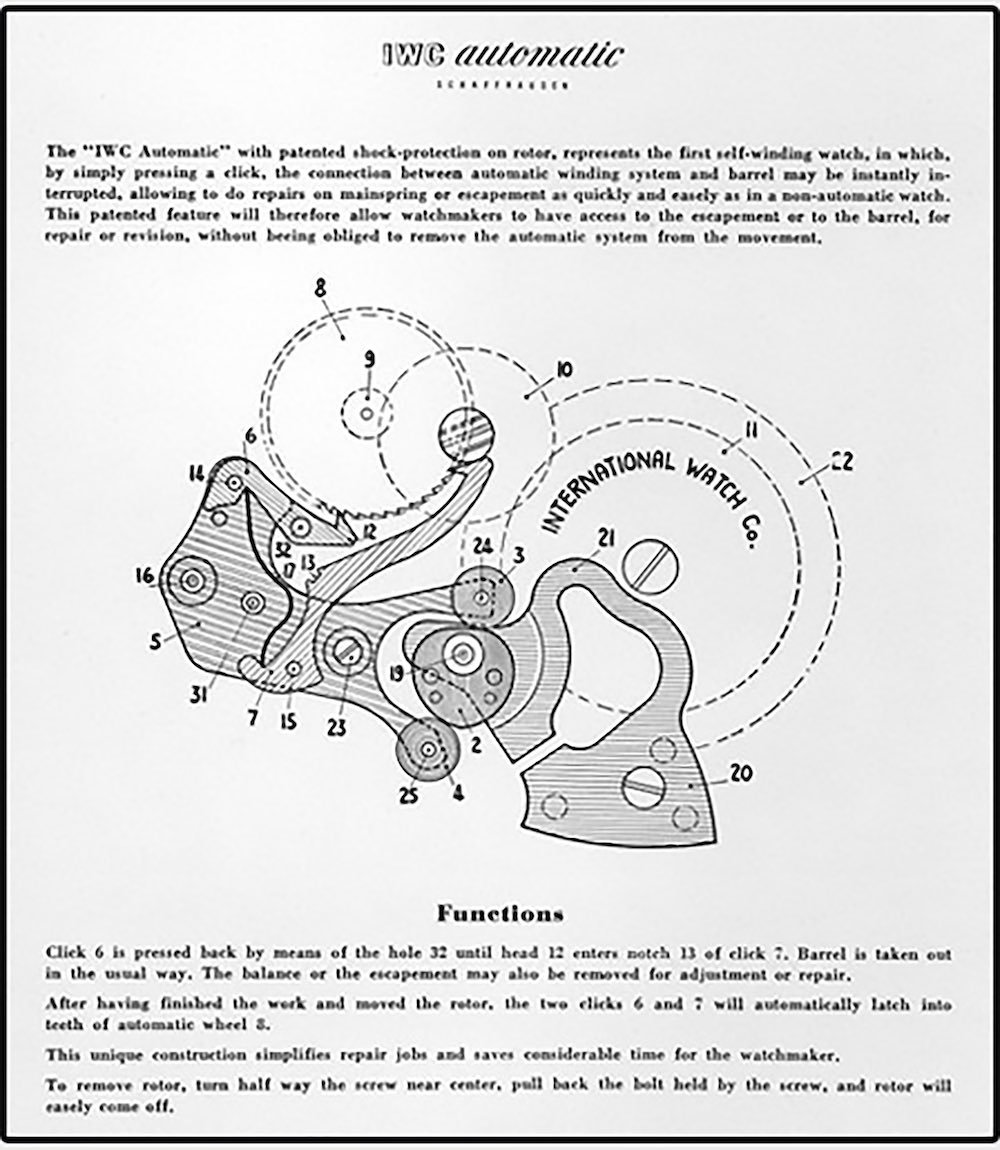

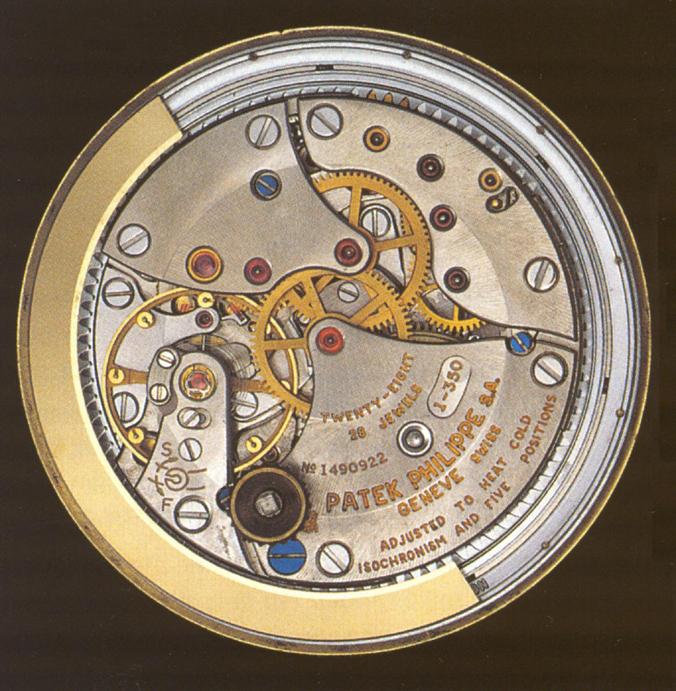

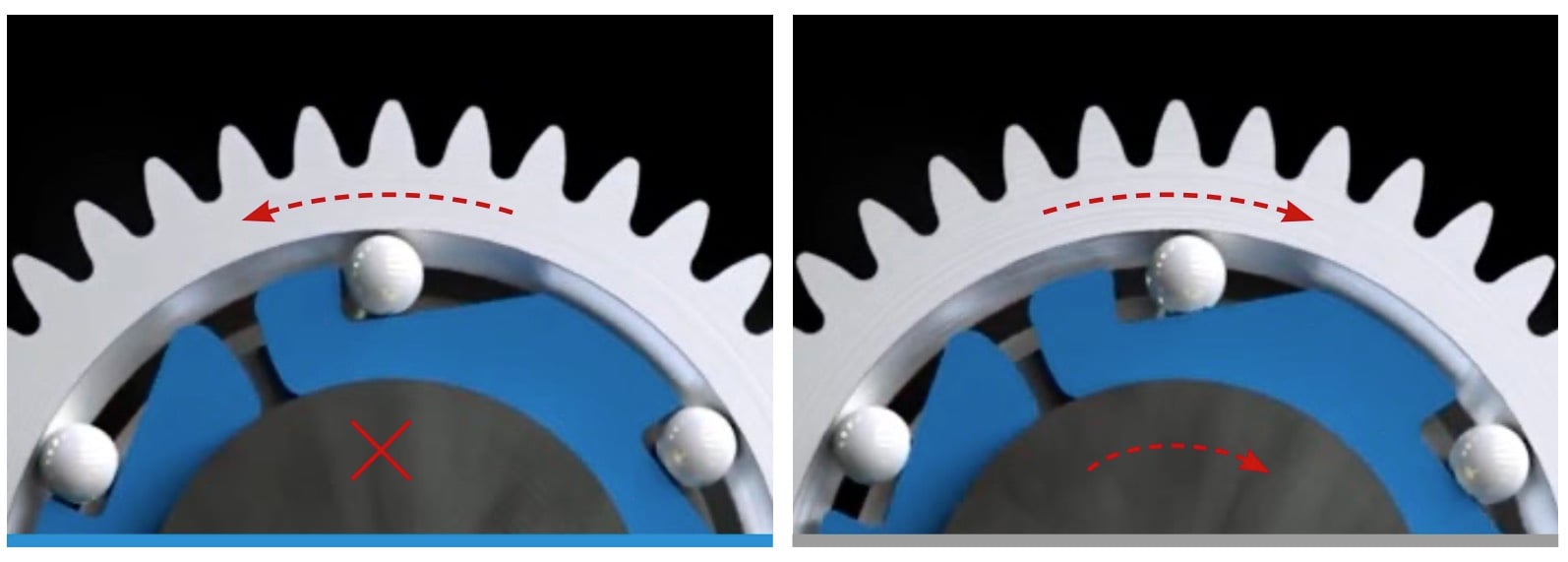



2 responses
ciao Xavier, thanks for this article and for the historical documents provided. Actually, things we take for granted often hide interesting stories.
Best regards,
Andrea
Thanks Andrea. Indeed. Again I can only recommend Watkins book for the story of early selfwinding watches. Really interesting.